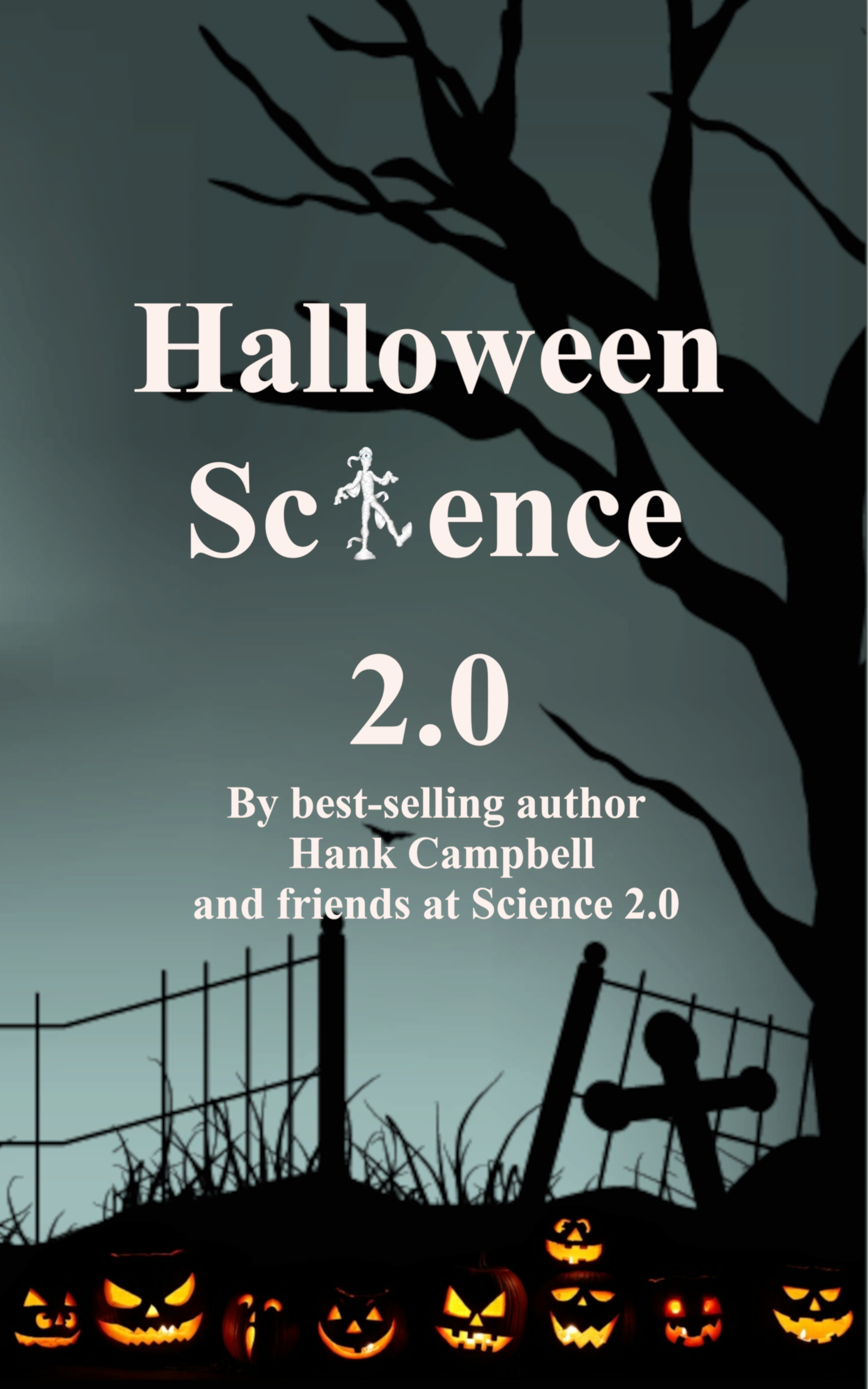Researchers have developed an artificial skin that can stretch, sense pressure, and emit light, demonstrating a level of multi-functionality seen in the skin of cephalopods like octopuses. The artificial skin, which outperforms some previous models in terms of stretchiness, could be used on soft electronics and robots that change their shape and color display. The development that made the skin's creation possible is a hyperelastic, light-emitting capacitor (HLEC), which Chris Larson and colleagues designed using two ionic, hydrogel electrodes embedded in a matrix of silicone. The HLEC device is many times more elastic than existing stretchable light emitters based on organic semiconductors. To allow displays of different colors, the matrix in the researchers' design contains zinc sulfide that is doped with various transition metals that emit different wavelengths as electricity passes through. For example, blue light can be created with the presence of copper, or yellow light with magnesium. Tests of the material's elasticity reveal that its surface area can expand by roughly 500% before the external wires lose contact with the hydrogel electrodes. Because the capacitors are laid out in a plate-like formation, they also act as actuation sensors that can detect deformations from pressure and stretching. The researchers created a three-chamber robot from the material, with the newly developed "skin" layers on top, and inflatable layers below that allow movement. As the chambers expand linearly, the robot moves forward with a worm-like wiggle. The authors suggest several different means to build upon this technology depending on desired outcomes; for example, better visual resolution may be attained by using different types of polymers.
'Octopus-like' Skin Can Stretch, Sense Touch, And Emit Light





Comments